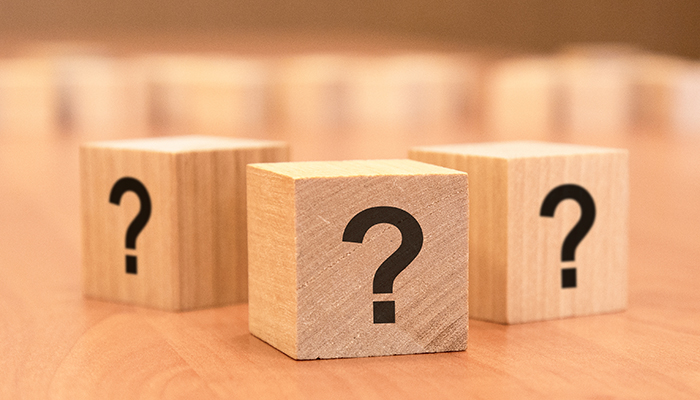
The most common form of dementia is Alzheimer’s disease. However, there are many other conditions that also bring on memory problems. It is important to accurately identify the cause, even if there’s no cure, because this will shape the best strategy for addressing difficult symptoms.
Lewy body dementia (LBD) is the second most common form of dementia. But it is not nearly as well known, even by doctors. It’s easy to misdiagnose because it shares symptoms with several other dementia conditions. It also varies a lot from one person to the next.
Signs of Lewy body dementia
- Swings in ability to remember or concentrate. This may be mistaken for Alzheimer’s disease. However, the swings can be greater from day to day. Plus, short-term and long-term memory can be affected.
- Changes in mood and/or behavior.
- Increased sleepiness and confusion.
- Physically acting out dreams while sleeping. This may be one of the earliest signs, occurring years before other symptoms develop.
- Difficulty with movement, much like Parkinson’s disease.
- Visual hallucinations. People with LBD see things that are not visible to others. Medicines usually given for hallucinations can be damaging for people with LBD. They worsen movement problems and can lead to kidney failure.
Three out of four individuals with LBD were first diagnosed with another condition. If your loved one is having odd symptoms that don’t match up to their diagnosis, ask about possible LBD. A thorough exam by a neurologist or neuropsychologist can tease out the distinctions. Two tests are available: One a skin biopsy, the other a spinal fluid test.
If your relative’s symptoms seem all over the map, you aren’t going crazy. It could be one of these lesser known conditions. You don’t want your loved one getting medications designed for something else. Ask for a second opinion if you think there might be a mismatch.

